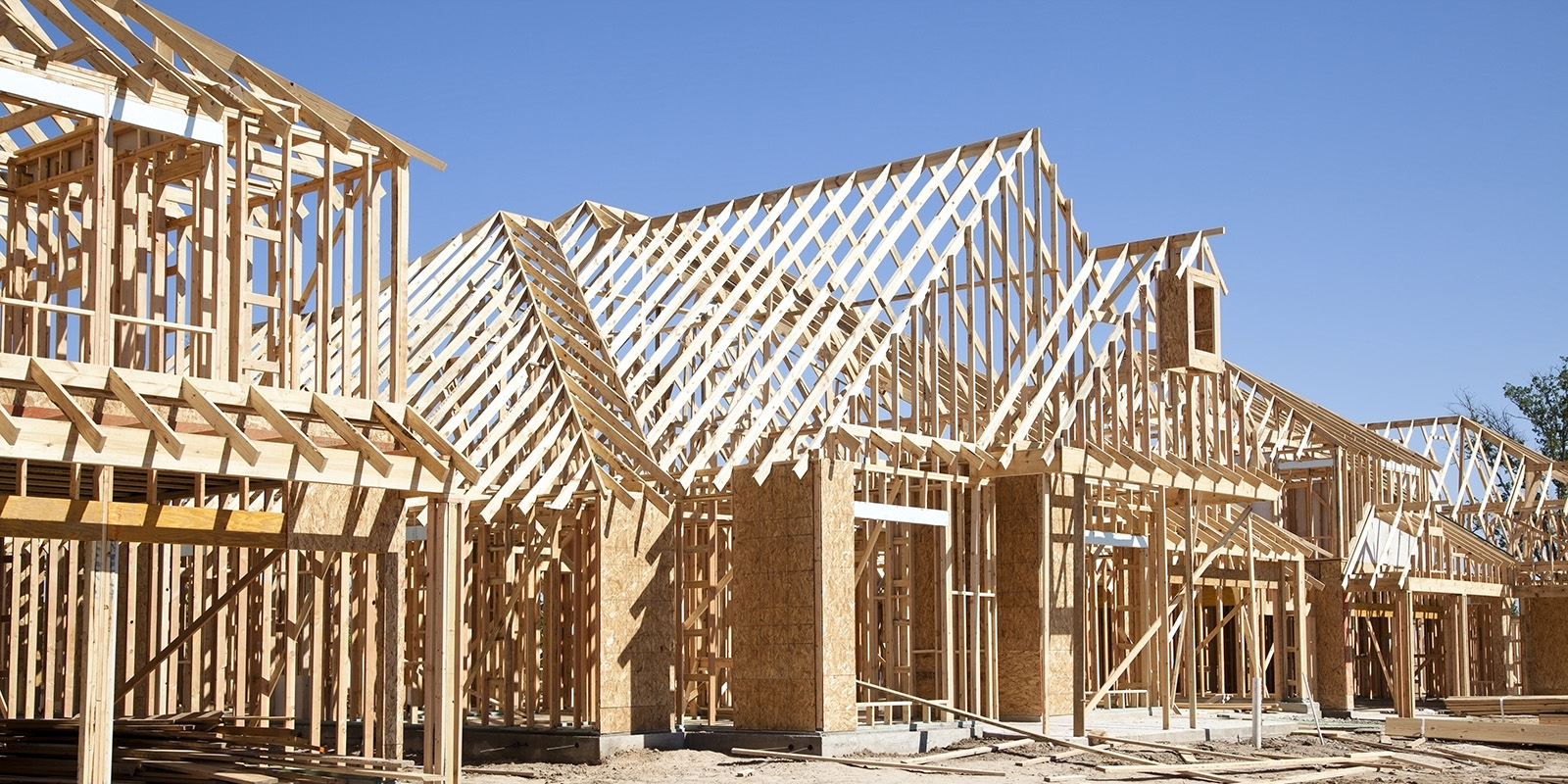U.S. Construction Industry Report 2025
By: Rich Uphus | February 18, 2025
A FullClarity Special Report
U.S. Construction Industry Report 2025
Executive Summary
In 2024, the U.S. construction industry delivered record-breaking performance, contributing robustly to the national economy and setting the stage for continued expansion in 2025. Key metrics—including a 10% rise in nominal value added, a 12% increase in gross output, and record employment levels—highlight the sector’s vitality.Yet, challenges such as labor shortages, material cost fluctuations, and regulatory delays persist. This report provides a concise yet comprehensive overview of the industry’s recent achievements, forecasts future growth, and identifies critical areas that require strategic attention.
Introduction
The U.S. construction industry is a fundamental pillar of economic development, driving growth, job creation, and infrastructure enhancement. In 2024, the sector experienced unprecedented expansion, with substantial increases in productivity and spending across both residential and non-residential markets.This white paper, developed by FullClarity, synthesizes authoritative data and current trends to offer industry professionals, investors, and policymakers a clear roadmap for navigating the evolving market landscape in 2025.
1. Industry Growth in 2024
The past year showcased robust performance across several key dimensions:
- Nominal Value Added: A 10% increase underscored the sector’s significant economic impact.
- Gross Output: A 12% rise highlighted the sector’s enhanced productivity and operational expansion.
- Construction Spending: Total spending surpassed $2 trillion during the first half of 2024, reflecting consistent momentum in project investments.
- Employment Levels: Employment reached 8.3 million by July 2024—surpassing the previous high of 7.7 million in 2006—despite persistent talent shortages.
2. Sector-Specific Developments
- Residential Construction: Market Activity: Residential construction maintained a steady pace, with a seasonally adjusted annual rate of $906.2 billion in November 2024, slightly up from the previous month.
- Non-residential Construction: Spending Trends: The Dodge Momentum Index for non-residential building spending showed consistent gains in Q2 2024, suggesting increased confidence among developers and investors.
3. Market Outlook and Projections
Looking ahead, the construction industry is expected to maintain its upward trajectory:
- Forecasted Growth: Projections indicate a 5.6% growth in 2024, with the market reaching approximately $1.27 trillion. The industry is anticipated to grow at a compound annual growth rate (CAGR) of 5.0% from 2024 to 2028.
- Sector Variations: Robust Growth Areas - Manufacturing plants, data centers, schools, infrastructure projects, and power facilities are poised for significant expansion. Areas of Caution: Office and warehouse construction may face challenges amid shifting market demands.
4. Innovations and Sustainability Trends
- Technological Advancements: The integration of cutting-edge technologies such as Building Information Modeling (BIM), drone surveying, and modular construction is revolutionizing the industry. These tools enhance project planning, reduce waste, and improve overall efficiency.
- Sustainable Construction: Growing investments in green building practices and energy-efficient systems are reshaping industry standards. As noted by McKinsey & Company, these innovations could boost productivity by up to 15% over the coming years while addressing environmental challenges.
5. Challenges and Strategic Considerations
- Labor Shortages: A critical constraint remains the labor shortage—with 77% of firms reporting difficulties in filling positions. Addressing this gap through targeted training and recruitment initiatives is essential for sustaining growth.
- Material Costs: While the price of many building materials increased in early 2024, the rate of growth has moderated compared to previous years, suggesting a move toward stabilization.
- Regulatory Hurdles: Project delays linked to complex regulatory processes and compliance requirements continue to affect project timelines, particularly in public sector developments. Streamlining these processes could unlock further industry potential.
Conclusion
The U.S. construction industry demonstrated strong momentum in 2024, setting new benchmarks in economic contribution, productivity, and employment. As we move into 2025, the industry appears poised for continued growth. However, to fully capitalize on emerging opportunities, stakeholders must address ongoing challenges such as labor shortages, material cost fluctuations, and regulatory inefficiencies. FullClarity is committed to offering strategic insights and innovative solutions to help industry leaders navigate this evolving landscape.For more information, visit: www.fullclarity.com
References
-
- Deloitte United States - Source: Deloitte US Homepage, https://www2.deloitte.com/us/en.html
- U.S. Census Bureau - Source: Census.gov, https://www.census.gov/
- Yahoo Finance - Source: Construction Industry News, https://finance.yahoo.com/
- International Banker - Source: Industry and Finance Insights, https://www.internationalbanker.com/
- Associated General Contractors of America (AGC) - Source: AGC Official Website, https://www.agc.org/
- Statista - Source: Construction Industry Data & Statistics, https://www.statista.com/
- McKinsey & Company - Source: Capital Projects & Infrastructure Insights, https://www.mckinsey.com/industries/capital-projects-and-infrastructure/our-insights





